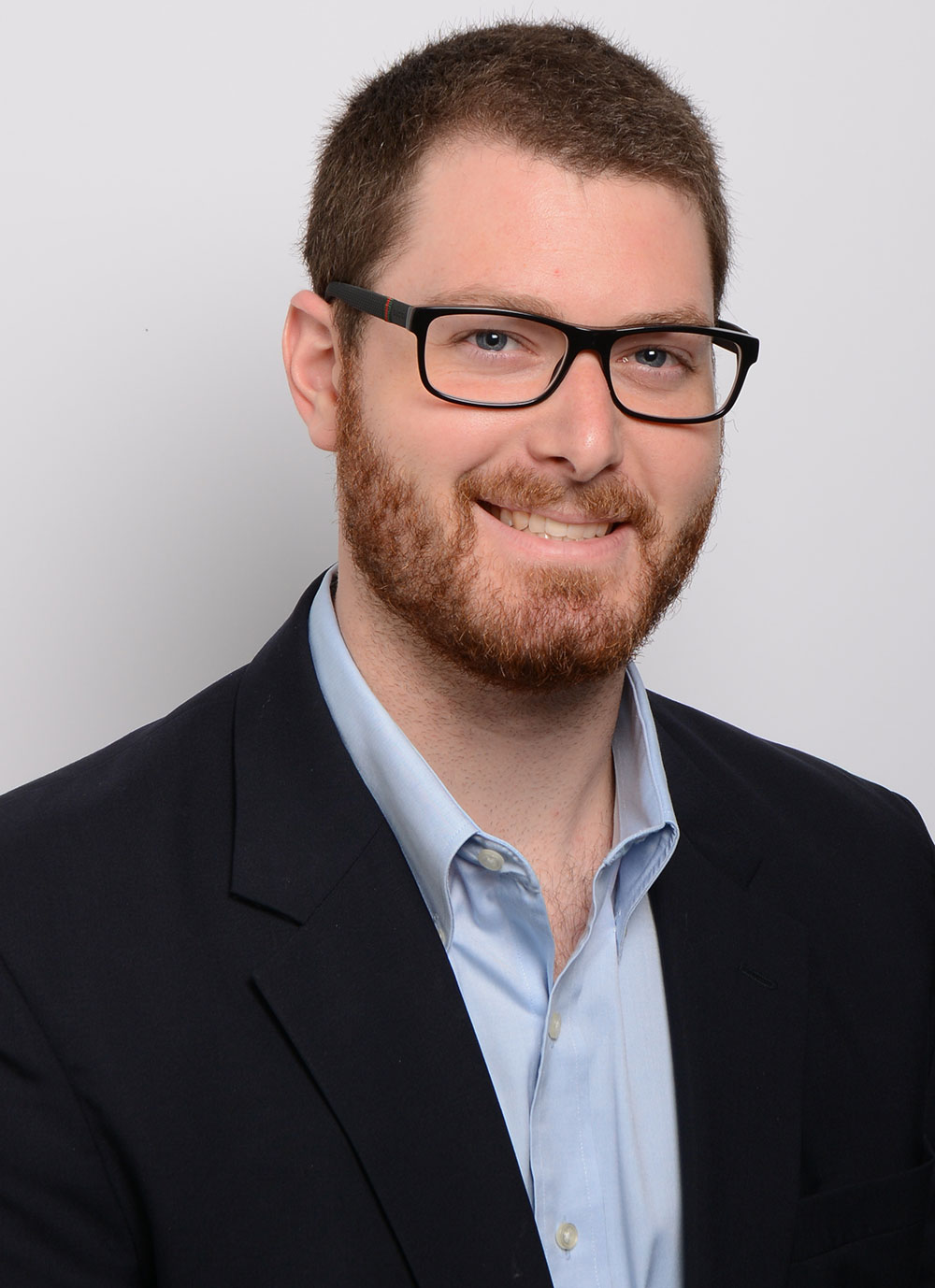William Twersky ’12
As a double major in history and classics, and a member of the men’s crew team, my undergraduate experiences prepared me for whatever I wanted to do after college. Would I go to law school or pursue a graduate degree in history with an eye toward museum work? Before committing to one pathway, I tested the waters doing administrative and paralegal work for a year. Taking that time was the best decision, and I would recommend it to anyone on the fence about a career path. It allowed me to realize that becoming a lawyer was not what I wanted, and I confidently proceeded to New York University for a master’s degree in history.
A HYPOTHETICAL EXHIBIT
In 2014, as an NYU graduate student, I took a course on creating memorial museums. That same year, the National September 11 Memorial & Museum opened in lower Manhattan, and a museum staff member taught the class. My final assignment was to propose a hypothetical exhibit for the museum.
The museum is well done, but it’s a somber space with a fair amount of disturbing material. I proposed an uplifting subject that all ages could appreciate: the role of sports in helping to heal and bring together the city and nation following the attacks.

After earning my master’s in May 2015, I started working as a content developer at the multispecialty New York City design firm C&G Partners. As an exhibit designer, I conceptualize narratives and layouts, conduct research into collections and potential loan items, write exhibit scripts, and more.
My job is fantastic because, rather than working for just one museum, I do work for a range of clients, from the National Archives in Washington, D.C., to the New York Yankees to the Smithsonian Institution.
FROM IVORY TOWER TO MUSEUM GALLERY
Last summer, my hypothetical graduate project became a reality when my firm designed and produced Comeback Season: Sports After 9/11 at the 9/11 Museum. It was an incredible feeling to see a visual realization of my graduate-school idea — depicting how athletes helped to unite the country after the attacks. More important was the opportunity to speak with the families of victims and hear about the comfort and joy the exhibit brought them.
During an exhibit preview, I met some professional athletes who played in New York in 2001. Tiki Barber, Mike Richter and John Franco played for the Giants, Rangers and Mets, respectively, during 9/11. Each athlete was represented in the exhibit, and they all spoke about their roles in honoring victims and first responders following the attacks.
My conversation with Barber ended with an invitation to appear on his radio show, Tiki and Tierney. My appearance aired June 27, the same day the exhibit opened. I enjoyed the chance to speak with a sports icon, and it was meaningful to be able to get the message out about Comeback Season, which will be on display through May.
This spring I have four new projects in the works: the next special exhibition at the 9/11 Museum, a large permanent exhibition in the National Archives, large-scale displays and graphics for the U.S. Naval Institute, and an archaeological exhibit in Israel.
At Bucknell, I majored in disciplines about which I am still passionate and that have informed an incredibly rewarding career. Designing museums allows me to put my ideas into action and impact the lives of others.
